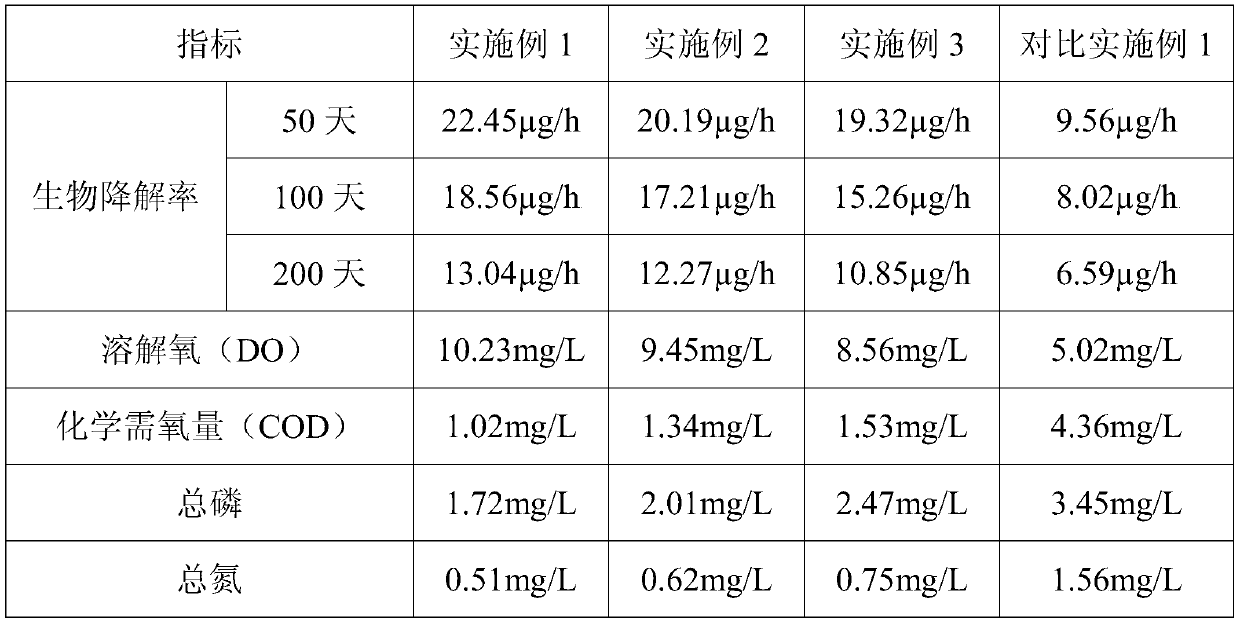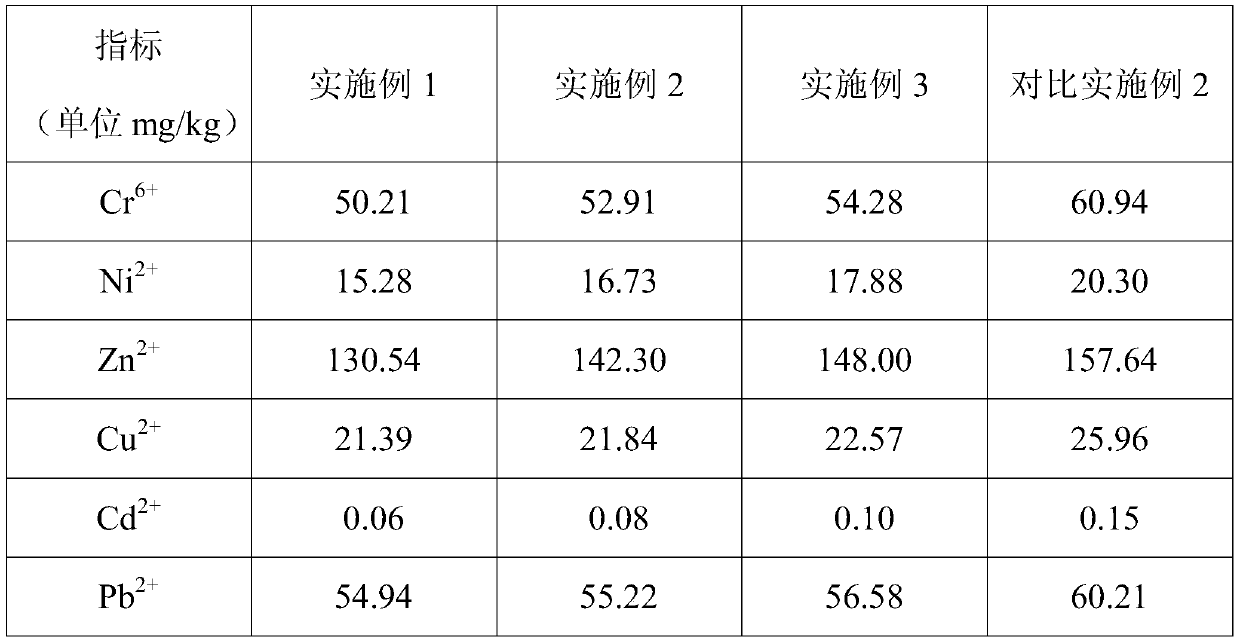Degradable plastic bag for reducing red tide, and manufacturing method thereof
A plastic bag, red tide technology, applied in the field of plastics, can solve the problems of human neuromuscular numbness, limb muscle paralysis, and water pollution.
- Summary
- Abstract
- Description
- Claims
- Application Information
AI Technical Summary
Problems solved by technology
Method used
Image
Examples
Embodiment 1
[0052] A degradable plastic bag for reducing red tide, the plastic bag material includes the following components in parts by weight:
[0053] 50 parts of modified polyvinyl alcohol;
[0054] 25 parts modified starch;
[0055] 25 parts of waste plant fiber;
[0056] Nanoparticle size is 30 parts of nanoporous polystyrene adsorbents of 100nm;
[0057] 20 parts of polyethyleneimine;
[0058] 12 parts of polyacrylamide;
[0059] 15 parts of polyaluminum chloride;
[0060] Nano-microcapsules embed 10 parts of Desulfovibrio and Desulfur Enterobacter;
[0061] 1 part of 1,2-dibromoethane;
[0062] Glycine 3 parts.
[0063] Wherein, the nanoporous polystyrene adsorbent includes the following components in parts by weight:
[0064] 50 parts of polystyrene;
[0065] 30 parts of polyacrylate;
[0066] 9 parts of tetraethyl orthosilicate;
[0067] 5 parts of ion exchange resin XAD-4, 5 parts of ion exchange resin NDA-7;
[0068] 4 parts of toluene.
[0069] The preparation m...
Embodiment 2
[0084] A degradable plastic bag for reducing red tide, the plastic bag material includes the following components in parts by weight:
[0085] 45 parts of modified polyvinyl alcohol;
[0086] 22.6 parts of modified starch;
[0087] 22.4 parts of waste plant fiber;
[0088] Nanoparticle size is 25 parts of nano polystyrene adsorbents of 70nm;
[0089] 15 parts of polyethyleneimine;
[0090] 10 parts of polyacrylamide;
[0091] 12.5 parts of polyaluminum chloride;
[0092] 7.45 parts of desulfurization bacteria embedded in nano-microcapsules;
[0093] 0.75 parts of 1,2-dibromoethane;
[0094] Glycine 0.725 parts.
[0095] Wherein, the nanoporous polystyrene adsorbent includes the following components in parts by weight:
[0096] 44 parts of polystyrene;
[0097] 22 parts of polyacrylate;
[0098] 8 parts of tetraethyl orthosilicate;
[0099] Ion exchange resin XAD-16 7.6 parts;
[0100] Xylene 7.5 parts.
[0101] The preparation method of the nanoporous polystyrene ...
Embodiment 3
[0116] A degradable plastic bag for reducing red tide, the plastic bag material includes the following components in parts by weight:
[0117] 40 parts of modified polyvinyl alcohol;
[0118] 20 parts modified starch;
[0119] 20 parts of waste plant fiber;
[0120] Nanoparticle size is 20 parts of nanoporous polystyrene adsorbents of 50nm;
[0121] 10 parts of polyethyleneimine;
[0122] 8 parts polyacrylamide;
[0123] 10 parts of polyaluminum chloride;
[0124] Nano-microcapsules embed 5 parts of Desulfobacillus thermos;
[0125] 0.5 parts of 1,2-dibromoethane;
[0126] Glycine 2 parts.
[0127] Wherein, the nanoporous polystyrene adsorbent includes the following components in parts by weight:
[0128] 40 parts of polystyrene;
[0129] 20 parts of polyacrylate;
[0130] 7 parts of ethyl orthosilicate;
[0131] 5 parts of ion exchange resin XAD-4;
[0132] 3 parts of toluene.
[0133] The preparation method of the nanoporous polystyrene adsorbent with a nanomete...
PUM
| Property | Measurement | Unit |
|---|---|---|
| particle diameter | aaaaa | aaaaa |
| particle diameter | aaaaa | aaaaa |
| particle diameter | aaaaa | aaaaa |
Abstract
Description
Claims
Application Information
 Login to View More
Login to View More - R&D
- Intellectual Property
- Life Sciences
- Materials
- Tech Scout
- Unparalleled Data Quality
- Higher Quality Content
- 60% Fewer Hallucinations
Browse by: Latest US Patents, China's latest patents, Technical Efficacy Thesaurus, Application Domain, Technology Topic, Popular Technical Reports.
© 2025 PatSnap. All rights reserved.Legal|Privacy policy|Modern Slavery Act Transparency Statement|Sitemap|About US| Contact US: help@patsnap.com



